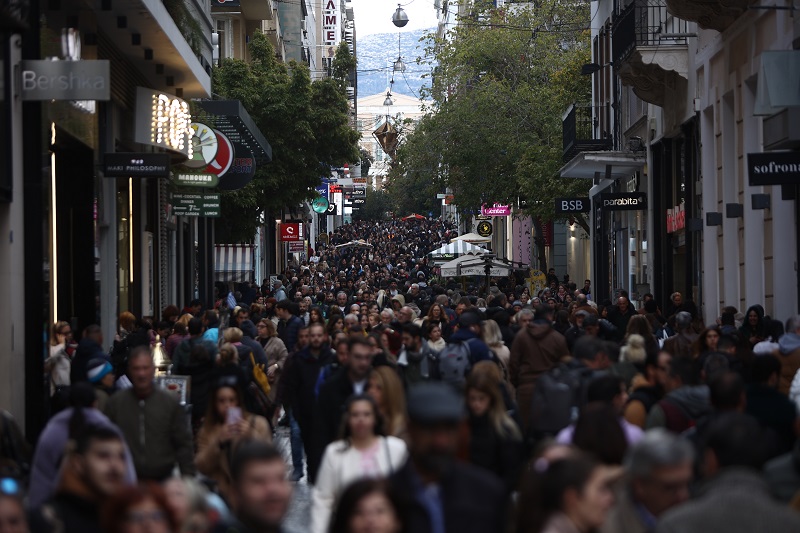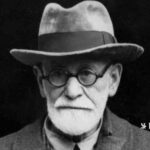Limited the effect of benefits – what the government changes
Nearly one in five Greeks (19.6%) faces a risk of poverty, that is, it has an annual income of up to 6,510 euros, if it is a one -person household or up to 13,671 euros if it is households with two adults and two dependent children under 14 years of age, according to ELSTAT data.
Equally worrying is the fact that if the various benefits and the various aid granted by the state are removed, the number of those in danger is increased by only 3.9 points to 23.5%. This means that state aid totaling of approximately € 4 billion, such as minimum guaranteed income, housing allowance, heating allowance, family benefits such as child allowance, as well as unemployment benefits or aids or aids, illness, disability or incompetence, or even unability.
More specifically, according to ELSTAT data, 81.9% of the poor population and 34.6% of the country’s non -poor reported financial difficulty in covering emergencies but necessary expenses of about 480 euros. While the percentage of the population lacking at least 7 of a list of 13 goods and services (ie the index calculating the “percentage of the population with severe material and social deprivation Europe 2030”) is 14%.
In particular, in accordance with the 2024 household income research and living conditions (2023 income reference period):
– Material and social deprivation in 2024 (Europe 2030 index) increased by 0.5 percentage points compared to 2023 (13.5%) in the whole population.
– There is a decrease in material and social deprivation for children aged 0 – 17 years, which amounts to 1.7 percentage points in 2024 (13.9%) compared to 2023 (15.6%).
– With regard to the age group of people 65 years of age or older, there is an increase in material and social deprivation by 0.5 percentage points in 2024 (12.8%) compared to 2023 (12.3%). At the ages of 18 to 64, there is an increase in material and social deprivation by 0.9 percentage points in 2024 (14.4%) compared to 2023 (13.5%).
– Based on the data, it is mainly found that the population’s financial inability to replace damaged furniture (56.5%), pay the rent or loan installment or fixed bills (42.8%), cover emergencies but necessary expenses (43.9%) and pay for a week (46%).
– The percentage of the population living in a housing with narrowing space is 27% for the total population, 24.5% for the non -poor population and 36.9% for the poor population.
– The percentage of the population living in a housing with narrowing space in 2024 is higher in the case of the age group up to 17 years of age and is 40.9% for the total population, 36.4% for the non -poor population and 56.7% for the poor population.
– 34.4% of the poor population says it lacks nutrition that includes chicken, meat, fish or vegetables of equal nutritional value, while the corresponding percentage of the non -poor population is estimated at 5.6%.
– 81.9% of the poor population and 34.6% of the non -poor indicate financial difficulty in covering emergencies, but necessary expenses of approximately 480 euros.
– 74.8% of the poor population indicates inability to pay a holiday week. The corresponding percentage of the non -poor population is 39%.
– 43.6% of the poor population indicates economic inability to have satisfactory heating in winter, while the corresponding percentage of the non -poor population is 13%.
– The percentage of the population dedicated to the cost of housing is 28.9%, while the rate for the poor and the poor population is 88.9%and 14.2%, respectively.
– 36.3% of the population who has received a consumer loan for the purchase of goods and services says that it is very difficult to repay it or the installments. This figure is 49.6% for the poor population and 33.1% for the non -poor population.
– 56.1% of the poor population indicates difficulty in timely payment of fixed accounts, such as electricity, water, gas, etc., while for the non -poor population this figure is 19.2%.
– 77% of the poor population and 25.4% of non -poor households report great difficulty in dealing with its usual needs with their total monthly or weekly income.
Regarding material deprivation associated with the financial ability to meet basic needs related to social activities- for people aged 16 years or older- the following findings have emerged:
– 26.9% of the population has no financial ability to participate in leisure activities, such as sports, cinema, etc. The corresponding percentages for the poor and non -poor population amount to 54.1% and 20.6%.
– 34.9% of the population has no financial ability to spend money on itself or a hobby. The rate is estimated at 62.9% for the poor population and 28.4% for the non -poor population.
– 6.9% of the population aged 16 years or older said it was very poor or poor health, 14.8% moderate, while 78.3% very good or good health. 24.5% of the population aged 16 years and older has a chronic health problem.
– 8.7% of the population for six months or more had restricted, due to their own health problem, some, or had a great deal of interest in the general population, had been very difficult for them, while 9.6% had limited them, but not too much.
– 24.4% of the population said that there was a case during the last 12 months, which really needed a medical examination or treatment for health problem and was not submitted to it. The rates for the poor and non -poor population amount to 36% and 21.8%, respectively.
– 32% of the population said that there was a case during the last 12 months, which really needed dental examination or treatment for health problem and was not submitted to it. The corresponding rates for the poor and non -poor population amount to 59.4% and 27.3%.
Prosperity
– Completely satisfied with his life, he says 5.3% of the population aged 16 years or older, while at no satisfied with 0.9%.
– Very satisfied with his life he declares 57.5% of the population.
– 32.6% of the poor population is at all a little satisfied with their life, while the corresponding rate for the non -poor population is 8.6%. Fully satisfied with his life he says 2.8% of the poor population and 5.9% of the non -poor population.
– Complete confidence in people, it says 1.4% of the population, and no confidence in humans indicate 7.8%.
– High confidence in people indicate 28.7% of the population.
– 39.2% of the poor population say they do not trust others at all or trust them a little, while the corresponding rate for the non -poor population is 39.3%. Complete confidence in humans indicate 0.9% of the poor population and 1.5% of the non -poor population.








